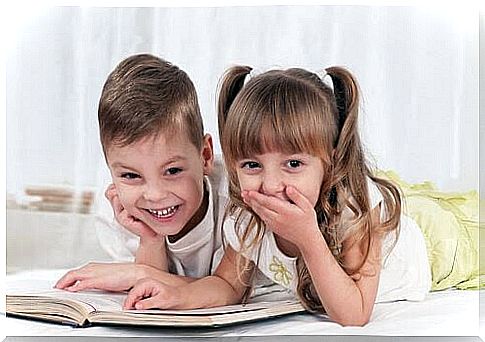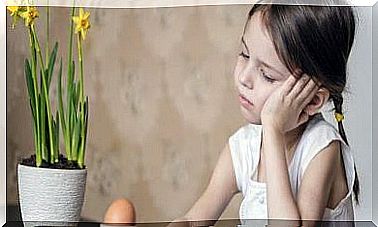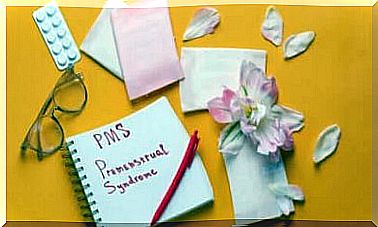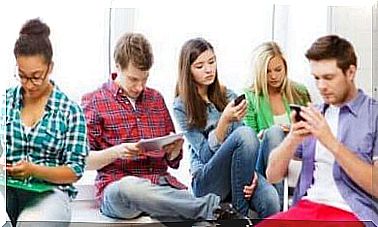7 Games And Activities To Learn To Read

Learning by playing is always more fun and often more effective. Here you will find a list of games and activities to teach your children to read both at school and at home.
The idea is to arouse curiosity and interest and encourage your children to start expressing their own ideas – all through games and activities.
The most important stages of learning to read:
- Pre-reading – pseudo-reading – pretend reading: when you get acquainted with the concept of reading and what it means.
- Logographic – word pictures: when learning to distinguish between letters and numbers as characters or pictures.
- Phonological / alphabetical: when you develop phonological awareness and begin to associate sounds with letters.
- Orthographic: when you see whole words or read part of words and understand what it says. The latter two stages take place continuously as you learn to read and write.
The following games and activities can help your children develop their full cognitive potential in a fun and creative way.
7 games and activities to learn to read
1. Connect letters with objects
You can start with a game where your child points to different objects. One at a time, you tell the child what the name of the thing is. It is important that you pronounce the names clearly.
You can then use pictures with illustrations of the letters of the alphabet or use clay to shape the letters and objects you want to teach.
It is best to start with the vowels and continue with the consonants when the child masters them. You can try writing letters with your body, for example using your legs to create an A.
2. Clap your hands to words
You can get children interested (and maybe make them laugh too) by patting the rhythm of the syllables in one word. For example: Häs-tar, mjölk-en, pap-pa, tram-po-lin.
When they write, you clap when they draw a line to separate the syllables. In this way, the game can continue even on paper.
4. Recognize vowels
To identify syllables, you can use two or three words together that begin with the same vowel. For example, elephant, elf, ox, a…
The purpose is for the child to identify the words and learn the corresponding vowel sounds. In the example above, they can incorporate the learning of the letter E in different scenarios.
You can also use letter cards or baskets, each of which should represent a vowel. If you can paint them in nice colors, it’s even better.
For example, A may be yellow, E may be red, and so on. Use cards marked with the vowels. For example, the letter A: monkey, arm, orange. The letter O: cheese, snake, oasis.
4. Images that belong together
Put together eight illustrations in a folder. Draw pictures that are related to each other on each page and that the child can put together by identifying them and connecting them.
The goal is to relate the words to each other. For example, on one page you can write: book, bread, dog and sofa. On the other hand: pets, food and houses. The child can connect: dog and pets, bread and food, sofa and house.
5. Use cards with syllables
This is another fun and useful game to learn to read. Take a few cards and write different syllables on them, as many as you need. Ask your child to say words that begin with each of the syllables on the cards.
For example, if you are writing the syllable PA, ask what words they can think of that begin with that syllable. You can put different syllables in a bowl and draw them randomly. For example: PA, RA, TO, EN, PO.
Ask your child to choose one and say a word that begins with that syllable, such as paper or package.
6. Recognize letters
As soon as your child begins to learn these letters, you should pay special attention to certain letters that are easy to mix, such as b and p, or b and d.
Try writing them several times: bbdbb b. The letter in the middle is different because it is not a B. Ask your child to write the correct letter so that it says bbbbb b.

7. What word has the letter
Another game for learning to read is to print out several words and ask your children to find those that have a specific letter in them, e.g. A. You can also do this with pictures and illustrations.
For example: banana, tree, hand, ear, bird. You can also ask them to color the words with the letter A.
In this way, they begin to practice their reading. The important thing is to connect the images with the text. It’s not about decoding symbols, nor is it mechanical. The important thing is to understand the message.
Remember that the point of these games and activities is to ensure that reading becomes a tool to help them communicate with, explore and engage with the world around them.









